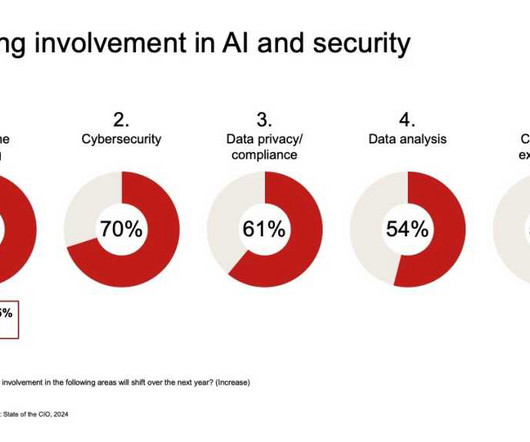What is a phishing simulation?
IBM Big Data Hub
AUGUST 9, 2023
A phishing simulation is a cybersecurity exercise that tests an organization’s ability to recognize and respond to a phishing attack. Simulations provide information security teams need to educate employees to better recognize and avoid real-life phishing attacks. The only difference is that recipients who take the bait (e.g.,


















Let's personalize your content